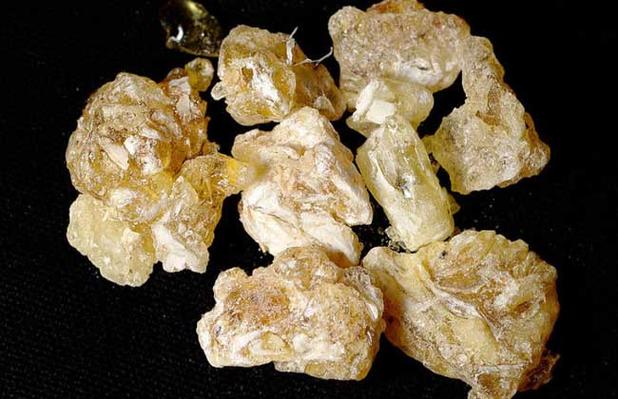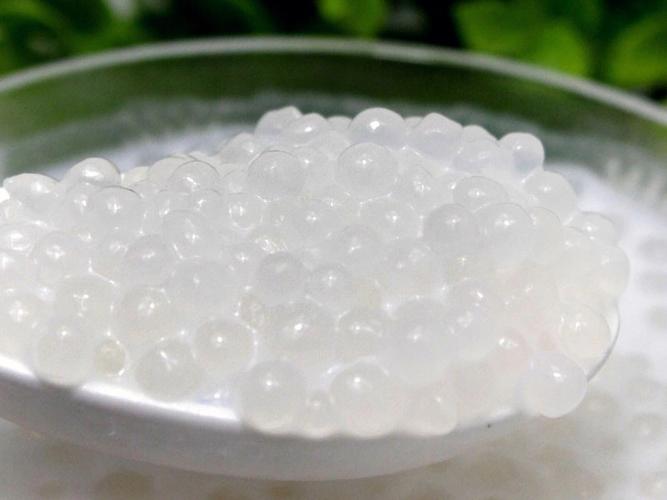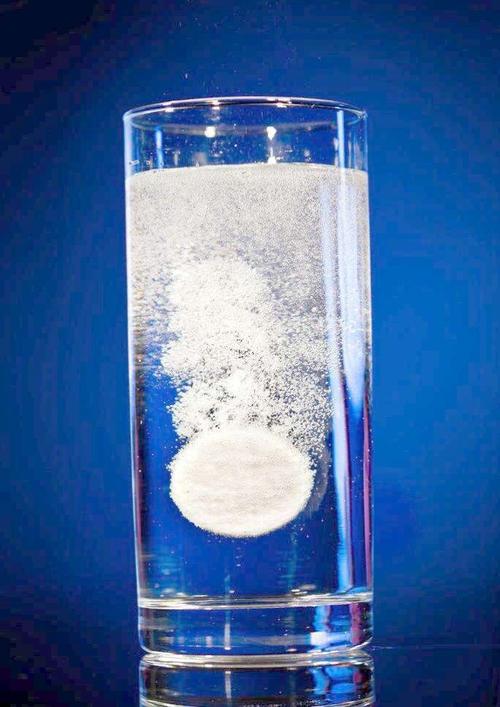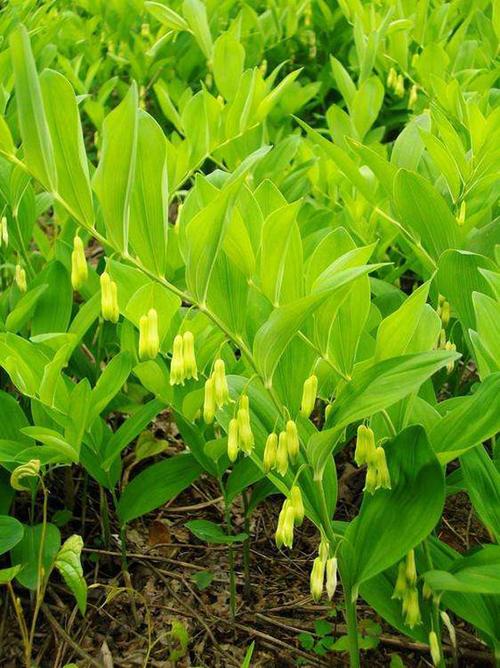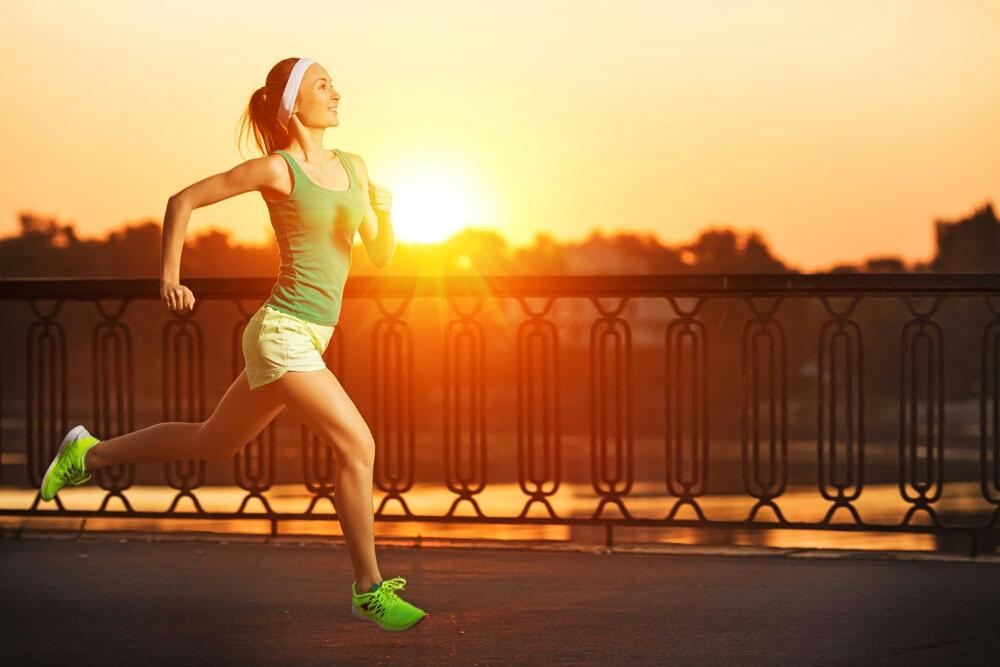人体八大系统顺口溜
运动系统locomotor system、神经系统nervous system、内分泌系统hormonal system、循环系统circulatory system、呼吸系统respiratory system、消化系统digestive system、泌尿系统urinary system、生殖系统reproductive system。

一、运动系统
由骨、关节和肌肉组成,约占成人体重的60%。全身各骨借关节相连形成骨骼,起支持体重、保护内脏和维持人体基本形态的作用。
骨骼肌附着于骨,在神经系统支配下收缩和舒张,收缩时,以关节为支点牵引骨改变位置,产生运动。骨和关节是运动系统的被动部分,骨骼肌是运动系统的主动部分。
It consists of bones, joints and muscles, accounting for about 60% of adult body weight. Bones and joints of the whole body are connected to form bones, which can support weight, protect viscera and maintain the basic shape of the human body.
Skeletal muscle adheres to bone, contracting and relaxing under the control of nervous system. When contracting, the joint is used as the fulcrum to pull the bone to change its position and produce movement.
Bone and joint are the passive parts of the motor system, while skeletal muscle is the active part of the motor system.
二、神经系统
神经系统是人体内起主导作用的系统。内、外环境的各种信息,由感受器接受后,通过周围神经传递到脑和脊髓的各级中枢进行整合,再经周围神经控制和调节机体各系统器官的活动,以维持机体与内、外界环境的相对平衡。
神经系统是由脑、脊髓、脑神经、脊神经、和植物性神经,以及各种神经节组成。能协调体内各器官、各系统的活动,使之成为完整的一体,并与外界环境发生相互作用。
The nervous system is the dominant system in the human body. All kinds of information in the internal and external environment are received by the receptor, integrated through the peripheral nerve to all levels of the brain and spinal cord.
and then controlled and regulated by the peripheral nerve to maintain the relative balance between the body and the internal and external environment.
The nervous system is composed of brain, spinal cord, brain nerve, spinal nerve, vegetative nerve and various ganglia. It can coordinate the activities of organs and systems in the body, make them a whole body, and interact with the external environment.
三、内分泌系统
内分泌腺是人体内一些无输出导管的腺体。它的分泌物称激素。对整个机体的生长、发育、代谢和生殖起着调节作用。
人体主要的内分泌腺有:下丘脑、垂体、甲状腺、肾上腺、胰岛、胸腺和性腺等。
Endocrine glands are some glands without output ducts in human body. Its secretion is called hormone. It regulates the growth, development, metabolism and reproduction of the whole body.
The main endocrine glands are hypothalamus, pituitary, thyroid, adrenal, islet, thymus and gonad.
四、循环系统
血液循环系统是生物体的体液(包括细胞内液、血浆、淋巴和组织液)及其借以循环流动的管道组成的系统。从动物形成心脏以后血液循环系统分为心脏和血管两大部分,叫做心血管系统。
循环系统是生物体内的运输系统,它将消化道吸收的营养物质和由鳃或肺吸进的氧输送到各组织器官并将各组织器官的代谢产物通过同样的途径输入血液,经肺、肾排出体外。
The blood circulation system is a system of body fluids (including intracellular fluids, plasma, lymph and tissue fluids) and the pipes through which they circulate.
The blood circulation system is divided into two parts, the heart and the blood vessel, which is called the cardiovascular system. Circulation system is the transportation system in organisms.
It transports nutrients absorbed by digestive tract and oxygen absorbed by gill or lung to various tissues and organs, and transfuses metabolites of various tissues and organs into blood through the same way, and discharges them through lung and kidney.
五、呼吸系统
呼吸系统包括呼吸道(鼻腔、咽、喉、气管、支气管)和肺。
动物体在新陈代谢过程中要不断消耗氧气,产生二氧化碳。机体与外界环境进行气体交换的过程称为呼吸。气体交换地有两处,一处是由外界与呼吸器官(如肺、腮)的气体交换,称肺呼吸或腮呼吸(或外呼吸);另一处由血液和组织液与机体组织、细胞之间进行气体交换(称内呼吸)。
The respiratory system includes the respiratory tract (nasal cavity, pharynx, larynx, trachea, bronchus) and lungs.
Animals need to consume oxygen and produce carbon dioxide in the process of metabolism. The process of gas exchange between organism and environment is called breathing.
There are two places for gas exchange, one is the exchange of gas between the outside and respiratory organs (such as lung and parotid), called pulmonary or parotid breathing (or external breathing).
the other is the exchange of gas between blood and tissue fluid and organism tissues and cells (called internal breathing).
六、消化系统
人体内与消化摄食有关的器官包括:口腔、咽、食道、胃、小肠、大肠、肛门、以及唾液腺、胃腺、肠腺、胰腺、肝脏等,因此称它们为消化器官。这些消化器官协同工作,共同完成对食物的消化和对营养物质的吸收。所有的消化器官的总和称为消化系统。
The organs related to digestion and feeding in human body include oral cavity, pharynx, esophagus, stomach, small intestine, large intestine, anus, salivary gland, gastric gland, intestinal gland, pancreas and liver, so they are called digestive organs.
These digestive organs work together to digest food and absorb nutrients. The sum of all digestive organs is called the digestive system.
七、泌尿系统
泌尿系统由肾、输尿管、膀胱及尿道组成。其主要功能为排泄。排泄是指机体代谢过程中所产生的各种不为机体所利用或者有害的物质向体外输送的生理过程。
被排出的物质一部分是营养物质的代谢产物;另一部分是衰老的细胞破坏时所形成的产物。此外,排泄物中还包括一些随食物摄入的多余物质,如多余的水和无机盐类。
The urinary system consists of kidney, ureter, bladder and urethra. Its main function is excretion.
Excretion refers to the physiological process in which all kinds of substances produced in the metabolic process of the body are not utilized by the body or are transported to the outside world by harmful substances.
The excreted substances are part of the metabolites of nutrients, and part of the products formed when aging cells are destroyed. In addition, excreta also contains some superfluous substances that are ingested with food, such as superfluous water and inorganic salts.
八、生殖系统
生殖系统是生物体内的和生殖密切相关的器官成分的总称。生殖系统的功能是产生生殖细胞,繁殖新个体,分泌性激素和维持第二性征。人体生殖系统有男性和女性两类。按生殖器所在部位,又分为内生殖器和外生殖器两部分。
Reproductive system is a general term for organ components closely related to reproduction in organisms.
The function of the reproductive system is to produce germ cells, reproduce new individuals, secrete sex hormones and maintain secondary sexual characteristics.
There are two types of human reproductive system: male and female. According to the location of genitalia, it can be divided into two parts: internal genitalia and external genitalia.
参考资料来源:百度百科-人体八大系统
八大系统都有哪些
八大系统是指人体的运动系统、神经系统、内分泌系统、血液循环系统、呼吸系统、消化系统、泌尿系统、生殖系统。这些系统协调配合,使人体内各种复杂的生命活动能够正常进行。

但是从人体生理功能来说,人体有以下九大系统组成:运动系统、神经系统、内分泌系统、循环系统、呼吸系统、消化系统、泌尿系统、生殖系统、免疫系统。
扩展资料:
消化系统
人体内与消化摄食有关的器官包括:口腔、咽、食道、胃、小肠、大肠、肛门、以及唾液腺、胃腺、肠腺、胰腺、肝脏等,因此称它们为消化器官。这些消化器官协同工作,共同完成对食物的消化和对营养物质的吸收。所有的消化器官的总和称为消化系统。
消化系统由消化道和消化腺两部分组成。负责食物的摄取和消化,使我们获得糖类、脂肪、蛋白质和维生素等营养。
其中,“糖,脂肪,蛋白质”被称为“三大产热营养素”。糖类最终被消化为葡萄糖;脂肪最终被消化为甘油+脂肪酸;蛋白质最终被消化为氨基酸。
葡萄糖是人体的供能物质,脂肪是储能物质,蛋白质则是修复细胞的物质。
神经系统
神经系统(nervous system)是人体内起主导作用的系统。内、外环境的各种信息,由感受器接受后,通过周围神经传递到脑和脊髓的各级中枢进行整合,再经周围神经控制和调节机体各系统器官的活动,以维持机体与内、外界环境的相对平衡。
神经的基本单位是神经元。反射弧的组成:感受器,传入神经冲动,神经中枢,传出神经冲动,效应器。
呼吸系统
呼吸系统包括呼吸道(鼻腔、咽、喉、气管、支气管)和肺。
动物体在新陈代谢过程中要不断消耗氧气,产生二氧化碳。机体与外界环境进行气体交换的过程称为呼吸。气体交换地有两处,一处是由外界与呼吸器官(如肺、腮)的气体交换,称肺呼吸或腮呼吸(或外呼吸);另一处由血液和组织液与机体组织、细胞之间进行气体交换(称内呼吸)。
血液循环系统
血液循环系统是生物体的体液(包括细胞内液、血浆、淋巴和组织液)及其借以循环流动的管道组成的系统。从动物形成心脏以后血液循环系统分为心脏和血管两大部分,叫做心血管系统。
肺循环(小循环):右心室→肺动脉→肺部毛细血管网→肺静脉→左心房
体循环(大循环):左心室→主动脉→各级动脉→各级毛细血管网→各级静脉→上/下腔静脉→右心房
运动系统
运动系统:由骨、关节和肌肉组成,约占成人体重的60%。全身各骨借关节相连形成骨骼,起支持体重、保护内脏和维持人体基本形态的作用。骨骼肌附着于骨,在神经系统支配下收缩和舒张,收缩时,以关节为支点牵引骨改变位置,产生运动。
内分泌系统
内分泌腺是人体内一些无输出导管的腺体。它的分泌物称激素。对整个机体的生长、发育、代谢和生殖起着调节作用。
人体主要的内分泌腺有:下丘脑、垂体、甲状腺、肾上腺、胰岛、胸腺和性腺等。
泌尿系统
泌尿系统由肾、输尿管、膀胱及尿道组成。其主要功能为排泄。排泄是指机体代谢过程中所产生的各种不为机体所利用或者有害的物质向体外输送的生理过程。被排出的物质一部分是营养物质的代谢产物;另一部分是衰老的细胞破坏时所形成的产物。此外,排泄物中还包括一些随食物摄入的多余物质,如多余的水和无机盐类。
生殖系统
生殖系统是生物体内的和生殖密切相关的器官成分的总称。
生殖系统的功能是产生生殖细胞,繁殖新个体,分泌性激素和维持第二性征。
人体生殖系统有男性和女性两类。按生殖器所在部位,又分为内生殖器和外生殖器两部分。
八大系统概述
人体共有八大系统:运动系统、神经系统、内分泌系统、血液循环系统、呼吸系统、消化系统、泌尿系统、生殖系统。
1、消化系统
人体内与消化摄食有关的器官包括:口腔、咽、食道、胃、小肠、大肠、肛门、以及唾液腺、胃腺、肠腺、胰腺、肝脏等,因此称它们为消化器官。这些消化器官协同工作,共同完成对食物的消化和对营养物质的吸收。
2、呼吸系统
呼吸系统包括呼吸道(鼻腔、咽、喉、气管、支气管)和肺。可见呼吸过程不仅依靠呼吸系统来完成,还需要血液循环系统的配合,这种协调配合,以及它们与机体代谢水平的相适应,又都受神经和激素因素的调节。
3、血液循环系统
血液循环系统是生物体的体液(包括细胞内液、血浆、淋巴和组织液)及其借以循环流动的管道组成的系统。从动物形成心脏以后血液循环系统分为心脏和血管两大部分,叫做心血管系统。
4、运动系统
运动系统:由骨、关节和肌肉组成,约占成人体重的60%。全身各骨借关节相连形成骨骼,起支持体重、保护内脏和维持人体基本形态的作用。
5、内分泌系统
内分泌腺是人体内一些无输出导管的腺体。它的分泌物称激素。对整个机体的生长、发育、代谢和生殖起着调节作用。
6、泌尿系统
泌尿系统由肾、输尿管、膀胱及尿道组成。其主要功能为排泄。排泄是指机体代谢过程中所产生的各种不为机体所利用或者有害的物质向体外输送的生理过程。
7、生殖系统
生殖系统是生物体内的和生殖密切相关的器官成分的总称。
8、神经系统
神经系统(nervous system)是人体内起主导作用的系统。

1、多细胞生物体内许多器官联系在一起,共同完成某种连续的基本生理功能,这些器官,就组成了一个系统。
2、以上系统构成了人体和动物体,并且在神经和内分泌系统调节下,互相联系、互相制约,共同完成整个生物体的全部生命活动,以保证生物体个体生存和种族绵延。
参考资料来源:百度百科-人体八大系统


